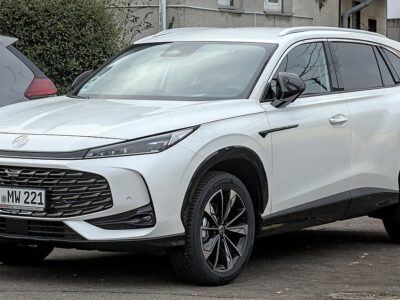
Volkswagen Golf Won’t Start: Complete Troubleshooting Guide
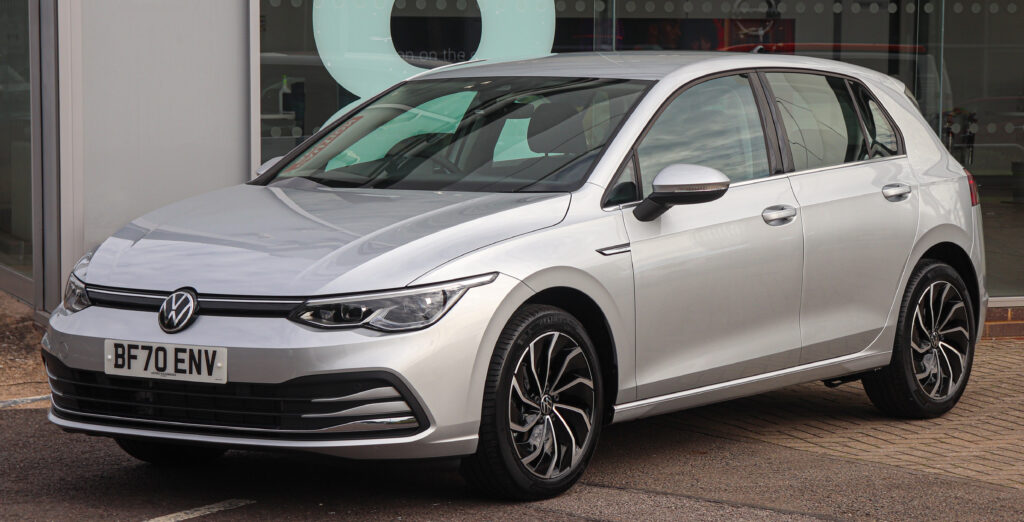
When your Volkswagen Golf won’t start, the frustration is immediate. Whether it refuses to crank or cranks endlessly without firing up, the key to fixing it lies in a systematic diagnosis. In this guide, we detail every common cause of a non-starting VW Golf—from dead batteries and faulty starters to complex fuel and ignition failures—so you can pinpoint the issue efficiently and get your Golf back on the road.
Engine Not Cranking
When you turn the key and nothing happens—or you hear only a click—the engine is not cranking. This typically points to electrical or starter-related issues.
1. Battery Connections and Corrosion
Corroded or loose terminals are one of the most overlooked causes of no-crank situations.
Check for:
- White or green buildup on terminals
- Loose battery clamps
- Frayed or oxidized cables
Clean the terminals with a wire brush and baking soda solution, then retighten securely. Proper contact ensures full voltage reaches the starter motor.
2. Weak or Dead Battery
A healthy Golf battery should read 12.6 volts or more at rest. Anything below 12.2 volts can cause cranking issues.
Steps to diagnose:
- Use a multimeter to test voltage
- Try jump-starting from another car
- If successful, test the alternator output (should produce 13.8–14.4 volts while idling)
If the battery repeatedly dies, suspect:
- Aging battery (over 4 years old)
- Faulty alternator
- Parasitic electrical draw
3. Faulty Starter Motor
The starter’s job is to spin the engine. A bad starter can make a click, grinding, or no sound at all.
Diagnosis tips:
- Tap the starter gently with a rubber mallet while turning the key—if it starts, replace the starter immediately.
- Check for 12V at the starter solenoid terminal during cranking.
A failing starter often works intermittently before dying completely.
You may be interested in reading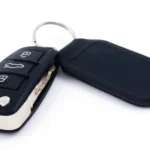 Volkswagen Key Not Detected or No Key Error: Complete Troubleshooting Guide
Volkswagen Key Not Detected or No Key Error: Complete Troubleshooting Guide4. Ignition Switch Failure
If you turn the key and nothing powers on—no dashboard lights, no sound—the ignition switch may be defective.
You can verify by testing voltage at the starter signal wire when turning the key. If no power is present, replace the ignition switch.
5. Neutral Safety or Clutch Switch
Automatic Golf models won’t crank if not in P (Park) or N (Neutral). Manual versions have a clutch safety switch that must detect the pedal fully depressed. Try starting in neutral or pressing the clutch harder—if it starts, replace the faulty switch.
Engine Cranking But Not Starting
If your Golf’s engine turns over but won’t run, it’s getting power—but missing one of three essentials: fuel, spark, or compression.
1. Fuel System Problems
A weak or failed fuel delivery system will prevent combustion.
Common culprits:
- Fuel pump failure (often code P0087)
- Clogged fuel filter
- Faulty fuel pressure regulator
Symptoms:
- Whining noise from rear (failing pump)
- No fuel pressure at the rail (check with a gauge)
- Engine starts briefly with starter fluid (confirms lack of fuel)
2. Ignition System Malfunctions
A lack of spark means fuel cannot ignite.
Typical causes include:
- Bad spark plugs or coil packs
- Faulty ignition module
- Shorted spark plug wires
Scan for OBD-II codes P0300–P0304 (random or cylinder-specific misfires). Replace all plugs and inspect coils for cracks or carbon tracking.
3. Crankshaft or Camshaft Sensor Failure
These sensors synchronize fuel injection and ignition timing.
When they fail, the ECU doesn’t know when to fire spark or inject fuel.
Common symptoms:
 Volkswagen Key Not Detected or No Key Error: Complete Troubleshooting Guide
Volkswagen Key Not Detected or No Key Error: Complete Troubleshooting Guide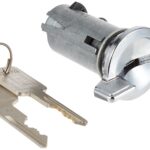 Volkswagen Golf Key Not Turning: The Ultimate Fix Guide
Volkswagen Golf Key Not Turning: The Ultimate Fix Guide- Sudden stall followed by no-start
- No RPM signal during cranking
- Code P0335 (crankshaft) or P0340 (camshaft)
Replacing these sensors usually restores normal starting behavior.
4. Faulty Engine Timing
Timing issues occur when the camshaft and crankshaft lose synchronization.
A slipped timing chain or broken belt can cause:
- No compression
- Backfiring during cranking
- Codes like P0013 or P0016
Inspect the timing marks and belt tension if mechanical timing is suspected.
5. Immobilizer or Key Fob Issues
Volkswagen’s anti-theft system can disable the starter or fuel injection if it doesn’t recognize the key.
Look for a flashing key icon on the dash.
Fixes:
- Replace the key fob battery
- Use the spare key
- Reprogram or reset the immobilizer via dealer tools
6. Airflow Sensor and Throttle Body
The MAF (Mass Airflow) or MAP (Manifold Absolute Pressure) sensor measures air intake.
A failed sensor can distort the air-fuel ratio, causing cranking with no ignition.
Try unplugging the MAF sensor and starting the car—if it runs, replace the sensor.
Also, inspect the throttle body for carbon buildup that could restrict airflow.
7. ECU or Electrical Faults
Modern Golfs rely heavily on electronic control.
Corroded connectors, blown fuses, or a shorted relay can interrupt critical circuits.
Check:
- Engine control fuse
- Main relay
- Ground straps on engine and chassis
If power supply is intact, scan for ECU communication errors (U0100, P0600).
You may be interested in reading Volkswagen Key Not Detected or No Key Error: Complete Troubleshooting Guide
Volkswagen Key Not Detected or No Key Error: Complete Troubleshooting Guide Volkswagen Golf Key Not Turning: The Ultimate Fix Guide
Volkswagen Golf Key Not Turning: The Ultimate Fix Guide Volkswagen Golf Trouble Code C102D00 — The Complete Fix Guide
Volkswagen Golf Trouble Code C102D00 — The Complete Fix GuideQuick Diagnostic Chart
| Symptom | Likely Cause | Diagnostic Action |
|---|---|---|
| No crank, no click | Dead battery or corroded terminal | Measure voltage, clean posts |
| Click, no crank | Faulty starter solenoid | Test voltage at solenoid |
| Cranks, no start | Fuel or spark issue | Check fuel pressure, test ignition |
| Cranks briefly then stalls | Immobilizer fault | Check key light, try spare key |
| Cranks with sputter | Timing or sensor issue | Scan for P0013/P0335 codes |
| Intermittent no-start | Ignition switch or relay fault | Test continuity when turning key |
A Volkswagen Golf that won’t start can stem from something as simple as a corroded terminal or as complex as a failed crankshaft sensor. By following a structured diagnostic approach—starting with the battery and starter, moving through fuel and ignition, and ending with timing and ECU checks—you’ll isolate the root cause efficiently.
For best results, always scan with an OBD-II tool, verify system voltages, and inspect key mechanical components before replacing parts. Proper diagnosis saves both time and unnecessary expenses—getting your Golf reliably running again.
If you want to know other articles similar to Volkswagen Golf Won’t Start: Complete Troubleshooting Guide you can visit the category Common Problems.
Deja una respuesta

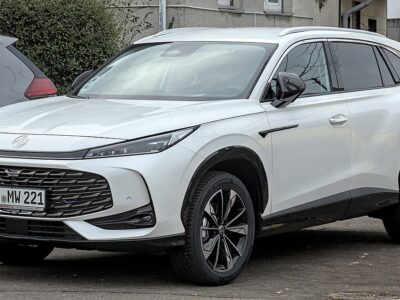
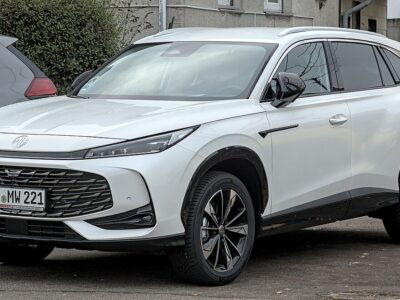
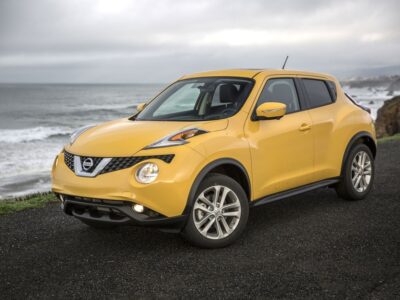
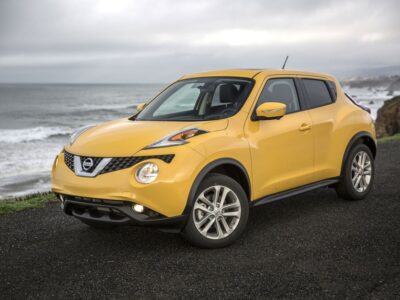
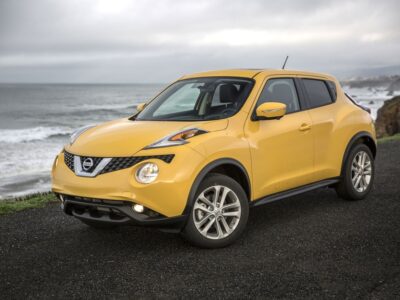
More content of your interest